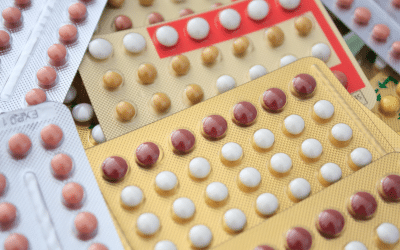Currently several research projects are being carried out to address increasing problems of infertility.
Chinese researchers are working on creating in vitro gametes from embryonic stem cells. They continued the researches made by Japanese biologists who had already “cultivated” mouse spermatozoids in 2011.
The February 25, 2016 article in the Stem Cell journal describes a new study, co-directed by Jiahao Sha and Qi Zhou, which could be the first to demonstrate the possibility of creating spermatozoids from stem cells which have the fertilizing capacity of “natural” sperm cells. To obtain this result, they succeeded in bringing embryo stem cells into the meiosis step (of cellular division) to produce a functional gamete. The technique uses embryo stem cells (ESCs) from mice placed into culture of a cellular suspension derived from mouse testicle with different hormones and adjuvants, aimed at setting off meiosis: the goal is thus to inhibit the cell to multiply and divide its’ genetic material, to pass from a 46 chromosome cell to a 23 chromosome cell, a phenomenon which occurs naturally in the testicles and the ovaries. The meiosis stage is long, it lasts approximately one month in most mammals, but the researchers stopped at the stage preceding spermatogenesis, which is called spermatid. Created in this way, the artificial sperm cells do not have flagella and thus cannot swim like natural spermatozoids. But injected into an ovocyte, these embryos developed, and were then implanted in female mice: who have then given birth to baby mice, and the study specifies that these mice are also capable of reproducing.
This technique has raised controversies, as revealed by the scientific journal, Nature. Takashi Shinohara, reproductive biologist at Kyoto University in Japan, has his doubts: he notes that “the researchers have difficulties in obtaining the same results several times”.
« The fact that the resulting cell can be injected in an ovule to produce a viable animal is a rigorous test”, Allan Spradling, explains reproductive biologist at the Carnegie Institution for Science in Baltimore, Maryland. “ However the mice created in this way may later manifest defects or problems”.
Azim Surani, biologist in development at Cambridge University, in the UK, concludes that “the results are encouraging”, but warns “that it is difficult to know if the artificial spermatids behave exactly as their natural homologues”.
“It is really going to change the way we think about cases of infertility which are currently unable to be treated by IVF. It will really be a revolution in assisted reproduction as we know it. All the IVF clinics would be likely to hop on it, although in my opinion that would be very premature” said bioethicist Terry Hassold of Washing State University. “There are important differences between sperm cells developed in mice versus those in man” warns YI Zhang, geneticist at Harvard Medical School in Boston, Massachusetts, and adds “it’s not as simple as we might hope”.
Is the technique applicable to humans?
For the treatment of masculine infertility, in order to be capable of conceiving children, one needs for example to use the adult cells of the man himself to transform them into spermatozoids. Researchers have already demonstrated that this is conceivable by reprogramming skin cells.
This technique therefore raises important ethical questions. While artificially setting off meiosis, we don’t know for example, if the spermatids thus created had mutated, making the child to be born the “guinea pig” for life, of the technique used for his conception. Furthermore, making gametes from adult cells opens the possibility of creating an ovule from the skin cell of a man, for example, and thus conceiving in vitro a human embryo using DNA from two individuals of the same sex or solely from one individual, which would constitute a form of cloning.
And in such a context, specifies Jean-Yves Nau, technically nothing will hinder these sexual neo-cells from being genetically modified by use of the revolutionary new technique of CRISPR-Cas9.



